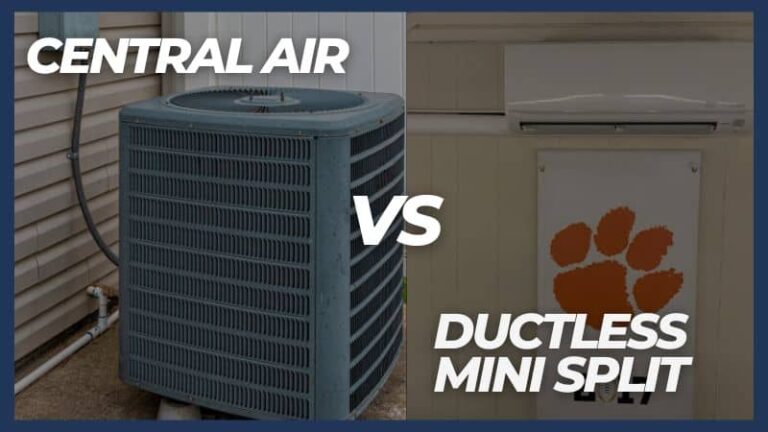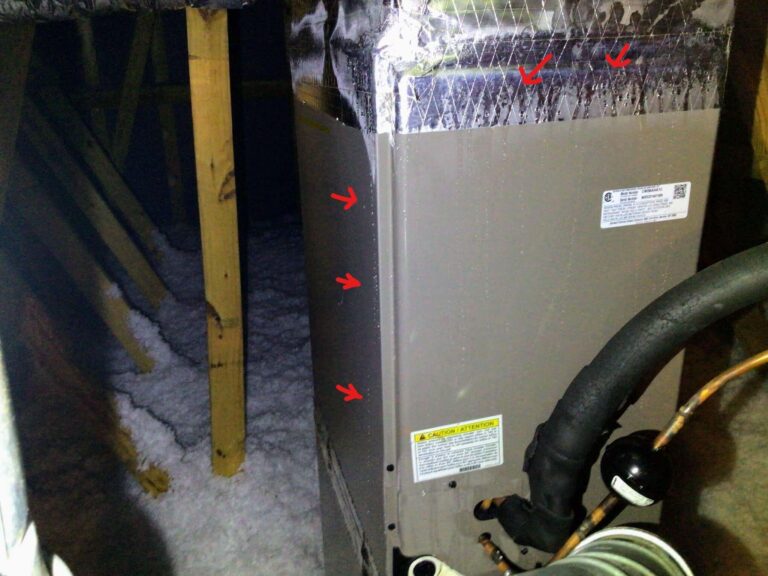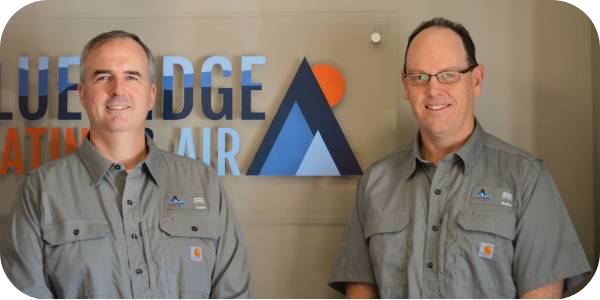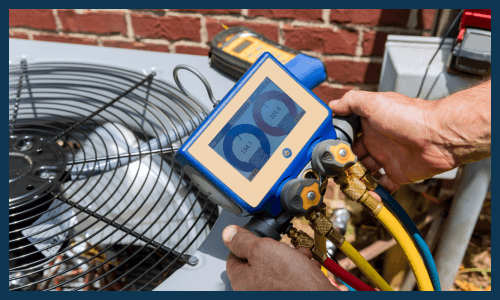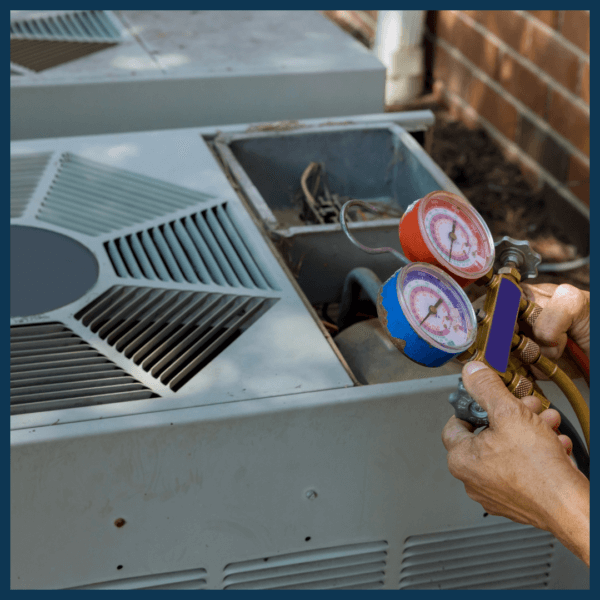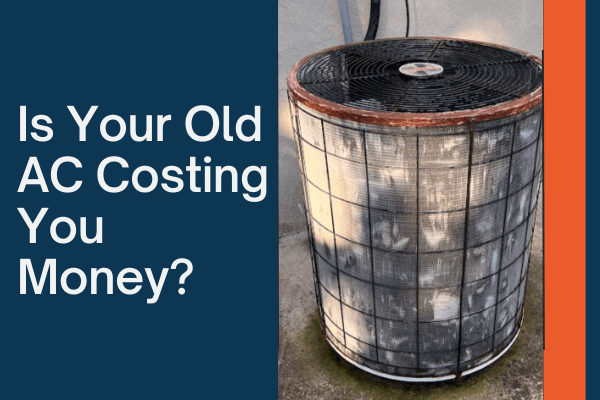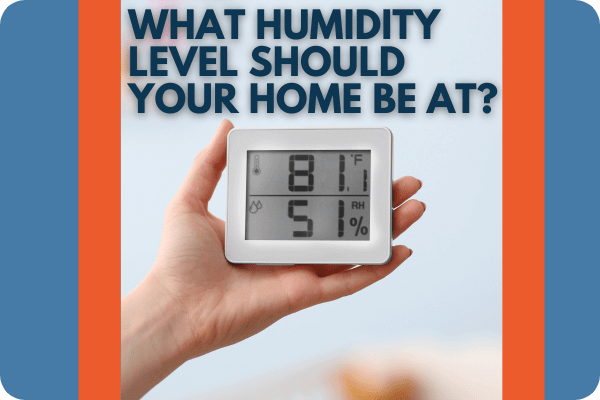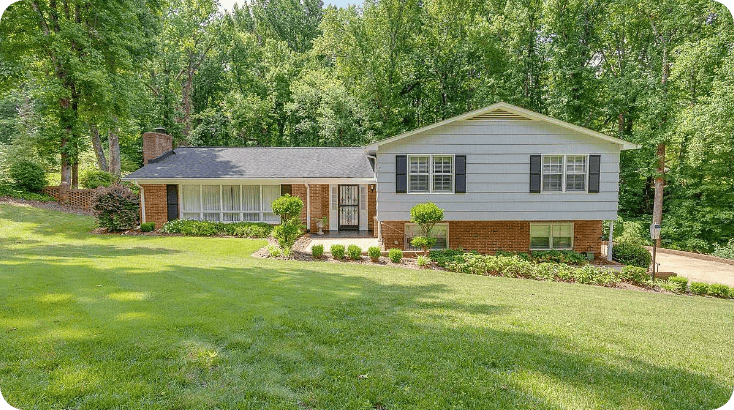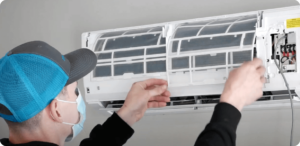Mini Splits Vs Central Air: Comparisons, Pros & Cons
When it comes to cooling your home, two of the most popular options to consider are: central air conditioning (traditional, cooling-only heat pump) and ductless mini split systems (ductless heat pump that heats and cools). Each has its own unique features and benefits, as well as drawbacks. In this article, we will compare mini splits and central air, discussing their…

